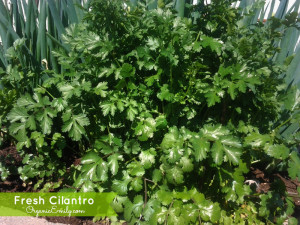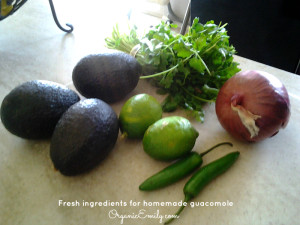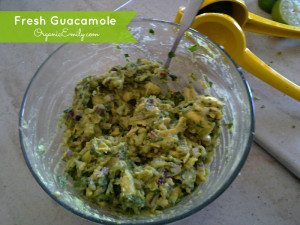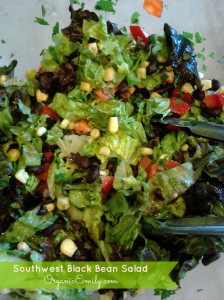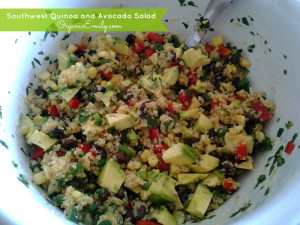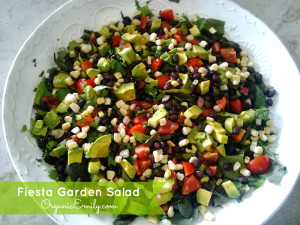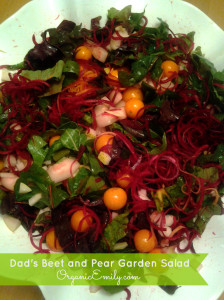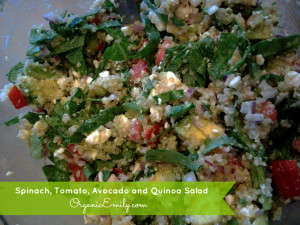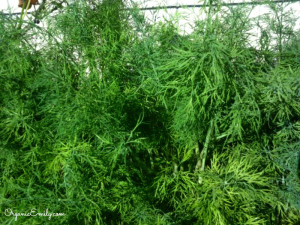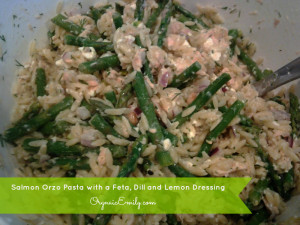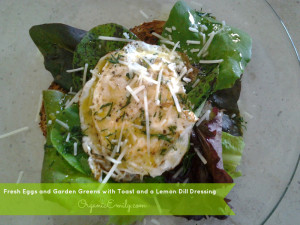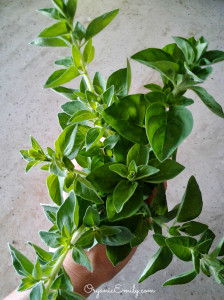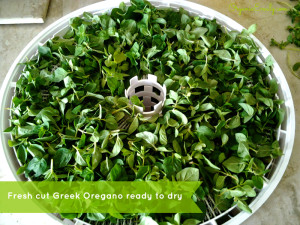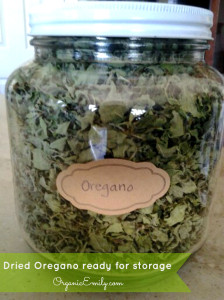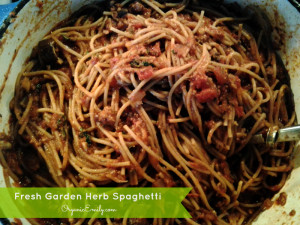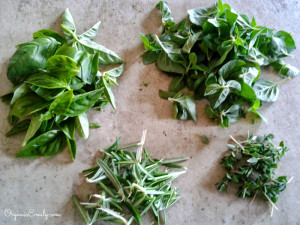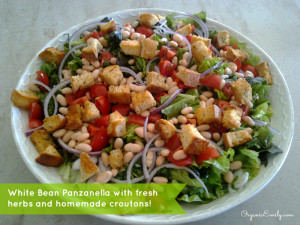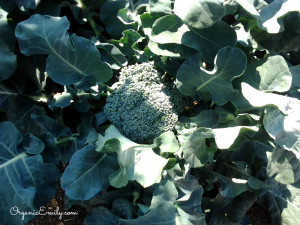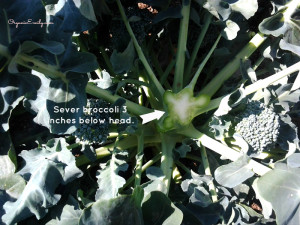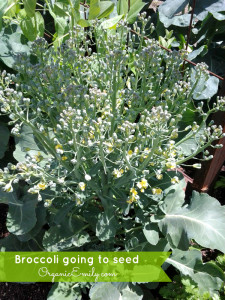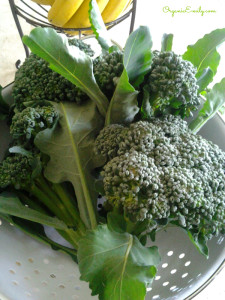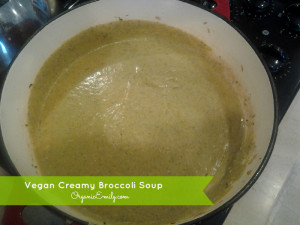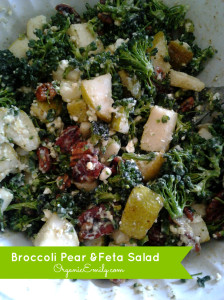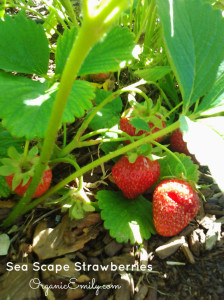
Every garden should have a small strawberry patch in my opinion! Nothing beats the burst of flavor from a home grown strawberry! They are easy to grow in a container or in the ground. Most strawberries produce their best within their first 5 initial years. There are 3 different types of strawberries:
- June-bearing – produce an abundant crop one time in June. Good for making jam or canning.
- Ever-bearing – produce in the late spring and late summer. Can produce during the middle of the summer if temps are cool enough to allow the plant to set flowers.
- Day-neutral – once established and have reached maturity, the plants will produce all summer long, increasing yields with cooler temps.
All varieties require at least 8 hours of sunlight to produce good fruit. Strawberries prefer well-draining, rich soil that has been amended with lots of organic matter. They can be susceptible to root rot if grown in heavy wet soil. The best time to buy strawberry plants is in the early spring in bare-root form. They usually come in bundles of 10. Make sure the roots look healthy and have stayed moist. Larger potted plants are more expensive and do not produce more than less expensive bare-root plants.
After the first year, the first daughters (or runners) can replace the original mother plant. This keeps the fruit production high and the size large. Remove any other runners that come off the 1st daughters.
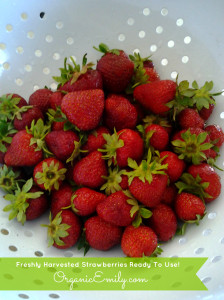
I grow an ever-bearing variety called “Sea Scape” for it’s large berries and wonderful sweet flavor. Just this year so far I have harvested about 4lbs. Here are just a few recipes we love using our own home grown strawberries!
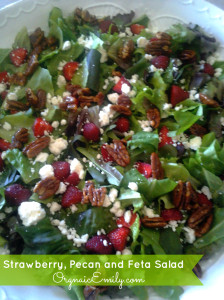
This simple and beautiful salad will impress anyone over with it’s candied pecans, fresh strawberries and creamy feta cheese! I love to serve it with a homemade strawberry balsamic vinaigrette!
Strawberry, Pecan, Feta Salad
Serves 8
1 cup candied pecans
2-4 T. agave
2 lbs. fresh strawberries, hulled and halved or quartered depending on size (reserve 1/3 cup berries for dressing)
12 cups fresh greens from the garden or organic spring mix
1 (7-ounce package) crumbled feta cheese or more if you like
Spray a large skillet with non-stick cooking oil. Add the pecans and agave. Stir continuously until thickened and the pecans are coated well. About 10 minutes. Be careful not to let them burn. Remove from heat.Prepare the greens, strawberries and feta in a large salad bowl. Add the pecans once completely cooled. Just before serving, drizzle the dressing and toss.
Strawberry Balsamic Vinaigrette
Mix 1/2 cup olive oil, 1/3 cup strawberries, 3 T. balsamic vinegar, 1 T. sugar and salt and pepper to taste in a blender. Pulsing a few times leaving a few chunks of strawberries. Drizzle over salad just before serving.
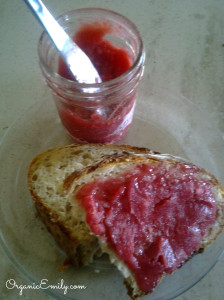
Freezer jam is so easy to make! No hassle and it’s quick! It has less sugar than other preserves, making it a healthier alternative without the loss of flavor! Try eating some with my Rustic Rosemary Loaf! https://rootedemily.com/?p=197
Strawberry Freezer Jam
4 cups mashed strawberries or fruit of your choice. I like to use my blender.
1 cup organic sugar
1/3 cup instant clear gel
Mix together the sugar and clear gel then add the berries. Place in jars of your choice, leaving a 1″ head space. Place the lid on and freeze! Can be kept in the freezer for up to 6months.

This beautiful cake says summer time! Made with lemon and orange zest, it adds a delightful addition to any gathering! From the Barefoot Contessa cookbook “Parties”!
Strawberry Country Cake
For the cake:
3/4 cup softened butter
2 cups sugar
4 large eggs at room temperature
3/4 cup sour cream at room temperature
1/2 teaspoon lemon zest ( 1 lemon)
1/2 teaspoons orange zest ( 1 orange)
1/2 teaspoon pure vanilla extract
2 cups all-purpose flour
1/4 cup cornstarch
1/2 teaspoon salt
1 teaspoon baking soda
For the Topping:
2 cups heavy whipping cream, chilled
4 tablespoons sugar
1 teaspoon pure vanilla extract
2 pints fresh strawberries, hulled and sliced
Preheat oven to 350`. Butter or spray two 8-inch round cake pans.
Cream the butter and sugar on high speed until light and fluffy in the bowl of an electric mixer fitted with a paddle attachment. On medium speed, add the eggs, sour cream, zests and vanilla. Mix well. Sift together the flour, corn starch, soda and salt. Add the flour mixture slowly into the batter. Mix until just combined and smooth.
Pour batter evenly into pans, smooth tops with spatula, and bake in the center of the oven for 40-45 minutes. Let cool in pans for 30 minutes, then remove to wire racks and let cool to room temperature.
To make filling and topping, mix the cream, sugar and vanilla with beaters until stiff peaks form. You can either stack the cakes on each other or slice them in half, layering with 4 levels. Place the cream on each layer, topped with berries and repeat until complete. Serve immediately!

